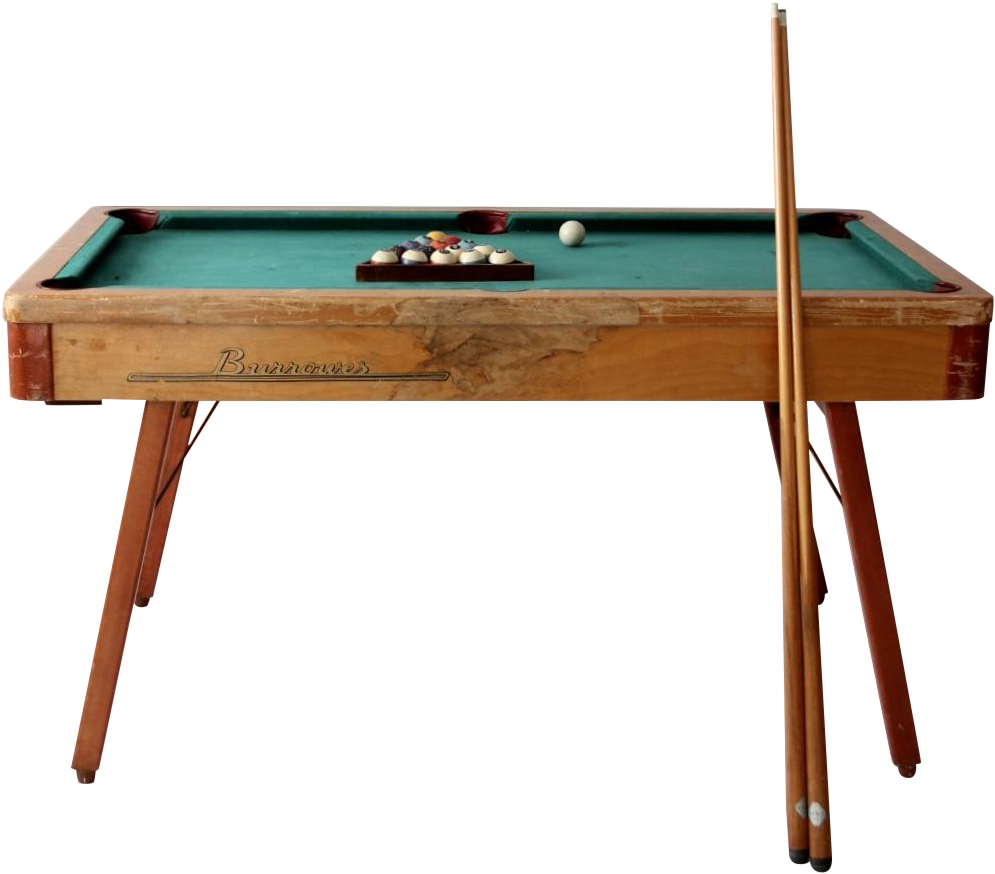Easy methods to Make Your What Is Billiards Look Wonderful In 5 Days
페이지 정보

본문
At the start of a frame, the object balls are positioned on the table as shown in illustration A. Starting with the cue ball in the "D", the first player executes a break-off shot by striking the cue ball with the tip of their cue, what is billiards aiming to hit any of the red balls in the triangular pack. The cue ball may contact an object ball directly or it can be made to bounce off one or more cushions before hitting the required object ball. One game of snooker is called a "frame". When the final ball is potted, the player with the most points wins the frame. The total number of consecutive points (excluding fouls) that a player amasses during one visit to the table is known as a "break". Each segment of the string (bead) represents one point as the players can move one or several beads along the string.
Jamie Cope was the first player to achieve a verified 155 break during a practice frame in 2005, with other players such as Alex Higgins claiming to have made a similar break. If both players agree, the balls are returned to their starting positions and the frame is restarted (known as a "re-rack"), with the same player taking the break-off shot as before. Although some success was achieved with this format, it did not receive the same amount of press attention or status as the regular ranking tournaments. The shot-timed Premier League Snooker was held between 1987 and 2012, with seven players invited to compete at regular United Kingdom venues, and was televised on Sky Sports. A snooker ball set consists of twenty-two unmarked balls: fifteen reds, six colour balls, and one white cue ball. A snooker match generally consists of a predetermined number of frames. Billiards and Snooker Bygones (amended ed.). Slate pool tables are made to sit in one spot for years and they are meant for one thing and one thing only: billiards. All points scored in the break before the foul was committed are awarded to the striker, but no points are scored for any ball pocketed during the foul shot.
The colours must next be potted in the ascending order of their values, from lowest to highest, i.e. yellow first (worth two points), then green (three points), brown (four points), blue (five points), pink (six points), and finally black (seven points); each colour remains in the pocket after being potted. In American six-wicket, this is termed "deadness", and a separate board is required to keep track of the deadness for all four balls. A legal break is called when there is contact with either of the two object balls. The responsibilities of the referee include announcing the points scored during a break, determining when a foul has been committed and awarding penalty points and free balls accordingly, replacing colours onto their designated spots after they are potted, restoring the balls to their previous positions after the "miss" rule has been invoked (see Scoring), and cleaning the cue ball or any object ball upon request by the striker. Breaks of 100 points or more are referred to as a century break, and are recorded over the career of a professional player. 195 officially confirmed maximum breaks achieved in professional competition. Professional and competitive amateur matches are officiated by a referee, who is charged with ensuring the proper conduct of players and making decisions "in the interests of fair play".
If there are not enough points remaining on the table for a player to win the frame, that player may offer to concede the frame while at the table (but not while their opponent is still at the table); a frame concession is a common occurrence in professional snooker. The game continues until one of the players either pots the black ball to win the frame, or commits a foul (losing the frame). Because of this, it is possible for a game to end with only one of the players having shot, which is known as "running the table" or a "denial"; conversely, it's also possible to win a game without taking a shot; such a scenario may occur if the opposing player illegally pockets the 8 ball on any shot other than the break (such as sinking the 8 ball in an uncalled pocket, knocking the 8 ball off the table, sinking the 8 ball when a player is not yet on the black ball, or sinking both the 8 ball and the cue ball off a single shot). Players will often play on even when there are not enough points available for them to win, hoping to force their opponent into playing foul shots by laying snookers.

- 이전글Massages le Dimanche : Détente et Bien-Être pour Finir la Semaine en Beauté 24.07.30
- 다음글Bill Eiland, Injury Lawyer 24.07.30
댓글목록
등록된 댓글이 없습니다.




